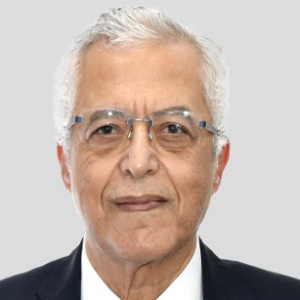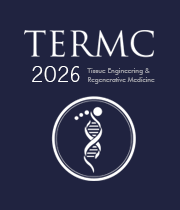Tissue Engineering and Biomaterials
Tissue engineering is a multidisciplinary field that focuses on the regeneration of healthy human tissues. Despite the fact that the body has inherent self-healing abilities, the level of regeneration differs between tissues and can be hampered by the severity of injury or disease. 48 To coordinate tissue creation and integration within the host environment, the traditional paradigm depends on a combination of biomaterial scaffolds, cells, and bioactive chemicals. The discovery of biomaterials that can enhance regenerative processes by successfully conveying cell populations and therapeutic drugs, as well as providing structural scaffolding that provide necessary mechanical characteristics to tissues, is an important area of tissue engineering. Furthermore, the biomaterial should disintegrate at a rate that is equivalent to the growth of new tissue at the implantation site.

Nagy Habib
Imperial College London, United Kingdom
Lucie Bacakova
Institute of Physiology of the Czech Academy of Sciences, Czech Republic



Title : AI-integrated high-throughput tissue-chip for space-based biomanufacturing applications
Kunal Mitra, Florida Tech, United States
Title : Stem cell technologies to integrate biodesign related tissue engineering within the frame of cell based regenerative medicine: towards the preventive therapeutic and rehabilitative resources and benefits
Sergey Suchkov, N.D. Zelinskii Institute for Organic Chemistry of the Russian Academy of Sciences, Russian Federation
Title : In vitro evaluation of lyophilized Dedifferentiated Fat cells (DFAT) impregnated artificial dermis
Kazutaka Soejima, Nihon University, School of Medicine, Japan
Title :
Nagy Habib, Imperial College London, United Kingdom
Title :
Alexander Seifalian, Nanotechnology & Regenerative Medicine Commercialisation Centre, United Kingdom
Title : The regenerative medicine of the future
Marco Polettini, DVM, Italy